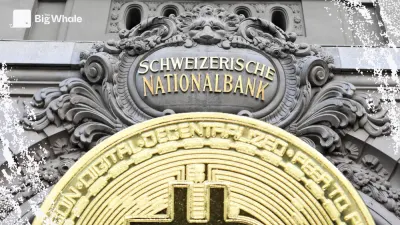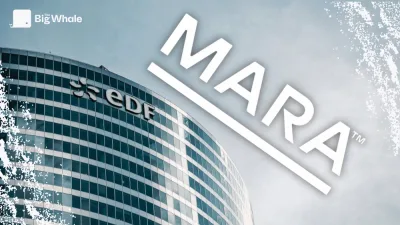TBW - Banks and Protocols, The New Architecture of Credit (Oct 2025 - London)

Speakers
- Emma Lovett, Markets DLT & Executive Director at JPMorgan Chase
- Michael Bentley, Cofounder & CEO at Euler Labs
- Bilal El Alamy, Cofounder & CEO at Zaïffer
DeFi vs TradFi: A Hybrid Future
- "Full automation is a myth." Real-world assets need manual pricing and liquidity; a hybrid model merging DeFi's efficiency and TradFi's structure is inevitable.
- DeFi won't replace banks but complement them-embedding new rails under traditional infrastructure.
- The next evolution isn't DeFi replacing TradFi but embedded DeFi: liquidity and innovation flowing under a regulated surface.
Retail Access & Tokenization
- Tokenization opens previously closed markets (bonds, credit) to retail investors.
- For banks, it's a way to reach new clients through smaller denominations and fractional ownership.
- Retail investors are already comfortable with DeFi and motivated by yield and access, not ideology.
- Tokenization could drive a hybrid market where retail liquidity meets institutional credit.
Collateral, Credit & Lending Models
- DeFi lending remains overcollateralized, but tokenized assets (funds, treasuries, RWA) are expanding collateral options.
- "You always collateralize something": even TradFi loans rely on reputation or access, not only assets.
- Growth will come from tokenizing new collateral types, including intangible ones like reputation, while managing the leverage risk they bring.
- DeFi and TradFi lending must evolve together: lenders need borrowers, and borrowers need capital, adoption will move in parallel.
Privacy as Infrastructure
- Privacy ≠ secrecy. It protects users from front-running, liquidation manipulation, or targeted attacks.
- Transparency without control can be dangerous; programmable privacy restores symmetry of information.
- For institutions, privacy enables less-collateralized lending and more complex strategies (hedging, structured products).
Balancing Privacy, Compliance & UX
- Trade-off triangle: privacy, user experience, and compliance can't all be perfect at once.
- The goal: selective disclosure-delegating the right data to the right counterparties (KYC, AML).
- Programmable privacy allows institutions to remain compliant while retaining user control.
- Infrastructure remains the main constraint (computational load, latency), but Ethereum's throughput is currently "good enough."
Institutional Adoption
- Hybrid markets are emerging: permissioned tokenized funds (e.g. BlackRock) borrowing from permissionless USDC pools.
- Institutions like JP Morgan see tokenized collateral as a practical entry point-both for education and adoption.
- Real-time settlement on-chain could prevent liquidity crises like in 2008, where ownership took days to trace.
- Emma Lovett: "Tokenized collateral may be the killer app that finally brings TradFi on-chain."
Innovation, Complexity & Opportunity
- Financial professionals thrive on composability: the more asset types exist on-chain, the richer the strategies.
- Privacy tech enabling complex logic (beyond zero-knowledge proofs) could attract institutional traders back into DeFi.
- DeFi doesn't just solve inefficiencies-it creates new opportunities: tokenization lets issuers recycle balance sheets and fund more projects.
- As Bilal put it: "DeFi isn't just solving problems. It's opening new ways to make money."
Outlook (2025-2026)
- Expect continued growth in tokenized collateral, hybrid markets, and institutional experimentation with programmable privacy.
- The winning model will balance transparency and discretion, innovation and regulation, access and control.
- As Michael Bentley concluded: "Progress won't come from full automation-it'll come from better trade-offs."



